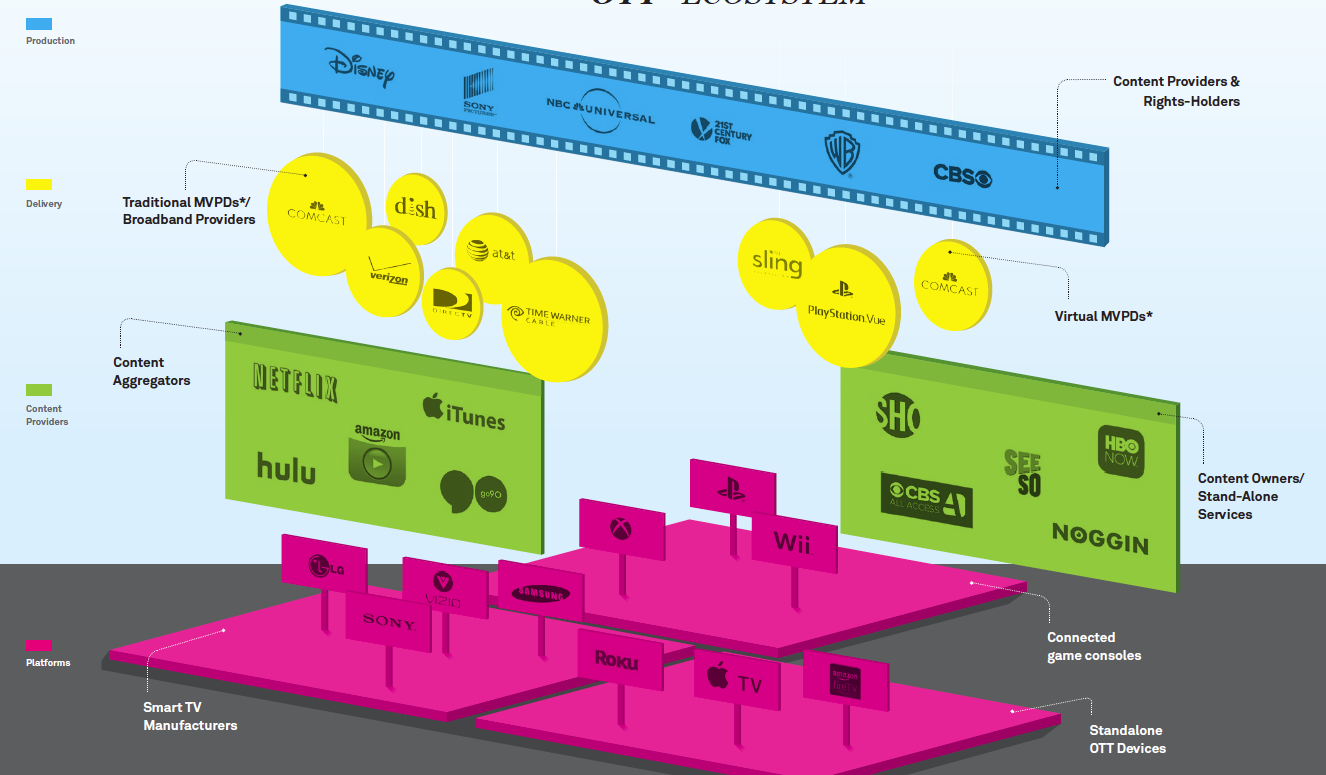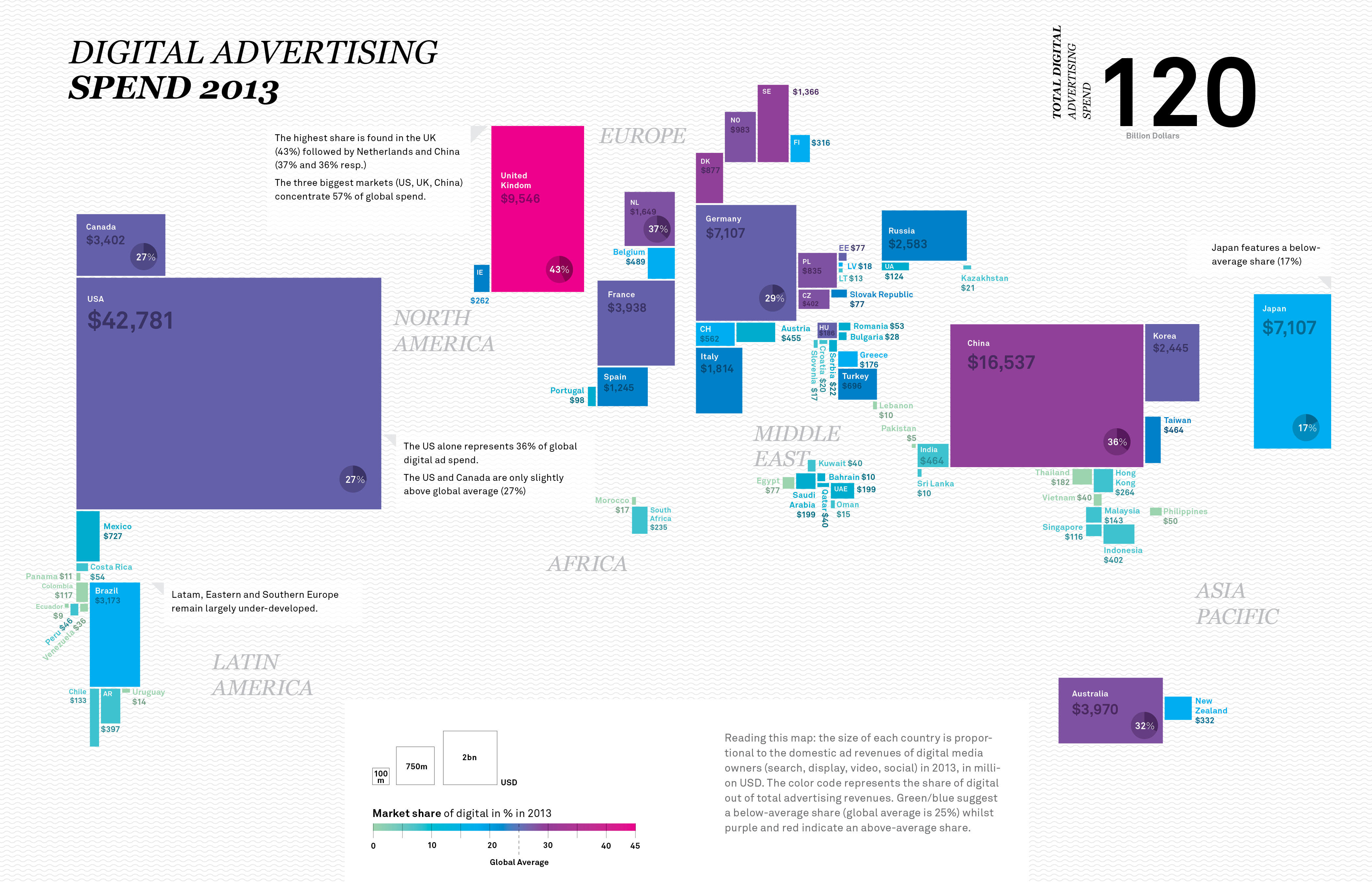Last year, digital content players like Yahoo and YouTube established a series of upfront-like events (dubbed “newfronts”), the overarching message of which seemed to be “we’re in the programming business too.” Although original online content isn’t typically bought in advance the same way television is, it was symbolic of the larger shift away from siloed TV and digital marketplaces toward a unified video content pool. For that reason, there was a lot of buzz and excitement around these new events, which the media owners gladly harnessed.
Year two of the newfronts unfolded this week, and the tone was decidedly more business-like. Now established as programmers, the digital content players were much more focused on distinguishing themselves with high-profile talent, new ad formats, and enhanced measurement. A recap of key announcements follows below.
Yahoo
A key element of Yahoo’s presentation was its new ad formats, which includes a form of “native” advertising called Yahoo Stream Ads. While “native” might mean slightly different things depending on the media owner, in this case it refers to ads that are designed to mimic the look and feel of the surrounding content and feature brands relevant to the user. It’s important to note that “stream” in this case doesn’t refer to video specifically, but any content feed.
For advertisers seeking a more blanket approach, Yahoo also unveiled its new Billboard ad unit. This will be a larger display ad will sit at the top of the home page, reaching anyone that enters through the front door on a given day. There is the option to customize the ad with rich media or other interactive elements.
In addition to the new ad types, Yahoo also introduced a new way to buy video ads that combines its own content with that of its distribution partners to create 18 different “channels.” This allows advertisers to make contextually relevant buys based on category/genre.
On the content side, the company announced three new comedies starring actors such as John Stamos, Zachary Levi, Cheryl Hines and Rachael Harris. The series will launch in the fall, in addition to previously announced shows, The Fuzz and Ghost Girls. Similar to Netflix’s House of Cards , Yahoo is making all episodes available at once in a “binge-viewing” format.
Microsoft
Similar to Yahoo’s new video strategy, Microsoft announced StageDoor, a video portal that aggregates content into nine targeted channels that are designed to be “brand safe.” Examples include a science and nature channel called “Wonder” and a female-targeted fashion and health destination dubbed “Spark.”
In the console arena, Xbox has partnered with digital studio OneBeat, which produces content aimed at fans of electronic music. The OneBeat app will become available to Xbox Live users next month.
hulu
While hulu held its event alongside major digital players this week, the tone was much more TV-like, with execs even referring to it as an “upfront.” We’re not surprised considering how much its fate is tied to off-network television content, but for now, the company was focused on its new original offerings.
Hulu highlighted a few “Spotlight Series,” which it considers ripe for brand integration. These included interview series The High Road, in which chef Mario Batali chats with prominent Manhattan-ites; game show Money Where Your Mouth Is hosted by comic Jay Mohr; and live concert series Sundays at the Greek featuring Carson Daly.
On the scripted front, new entries included animated superhero comedy The Awesomes from SNL’s Seth Meyers; action comedy The Wrong Mans, which was described as 24 meets Dumb and Dumber;” and Quick Draw, a comedic western.
AOL
AOL’s big splash was around measurement and making it easier for agencies to buy their content. First, they will become the first digital publisher integrated into Mediaocean, the predominant software platform that agencies use to buy TV advertising. This will be made possible through a partnership with Freewheel, and will allow buyers to compare their AOL buys to their TV schedules.
On a related note, the company will also partner with Nielsen on a custom tool called AOL Video Reach (AVR), powered by Nielsen’s Online Campaign Ratings. It will report AOL’s audience activity in the same language as TV (i.e. reach, frequency, and GRPs).
AOL also announced they will be participating in Nielsen’s experimental Digital Program Ratings pilot test, which is designed to measure audiences for TV content viewed online. Just announced this week by Nielsen, the test will begin in this month and run through July. In addition to AOL, A&E, ABC, CBS, The CW, Discovery Communications, FOX, NBC and Univision have all signed on to participate in the test.
YouTube
In addition to pitching its new content, YouTube was keen to tout the size of its offering and reach among young adults, which we’ve shown are watching less traditional TV. In fact, they said outright that they reach more adults 18-34 than any cable network. We investigated, and indeed, YouTube reached 50 million unique 18-34 year-olds in March 2013. By comparison, the closest cable network’s (TBS) reach during the same period was 36 million.
In terms of original content, the biggest announcement was DreamWorks Animation’s acquisition of YouTube’s AwesomenessTV channel. Targeting teens, Awesomeness has about 14 million subscribers and has been extending its brand into the TV and film arena. The channel will continue to live on YouTube.
For more information, contact [email protected]




